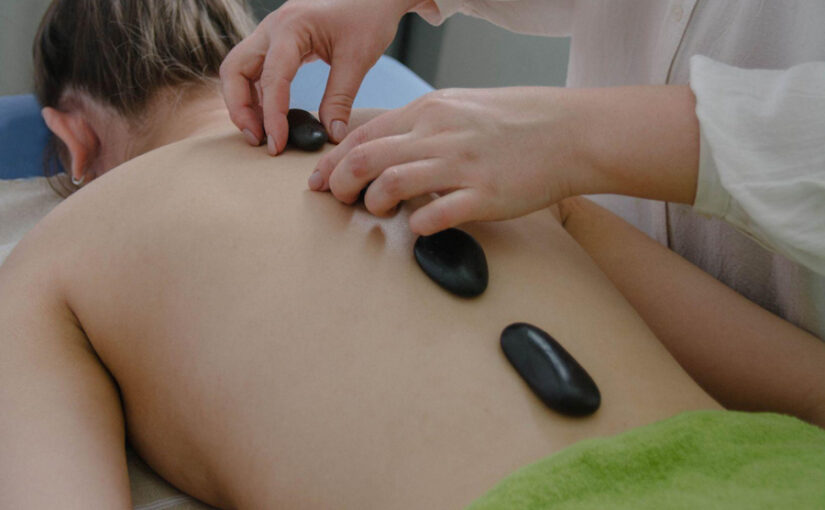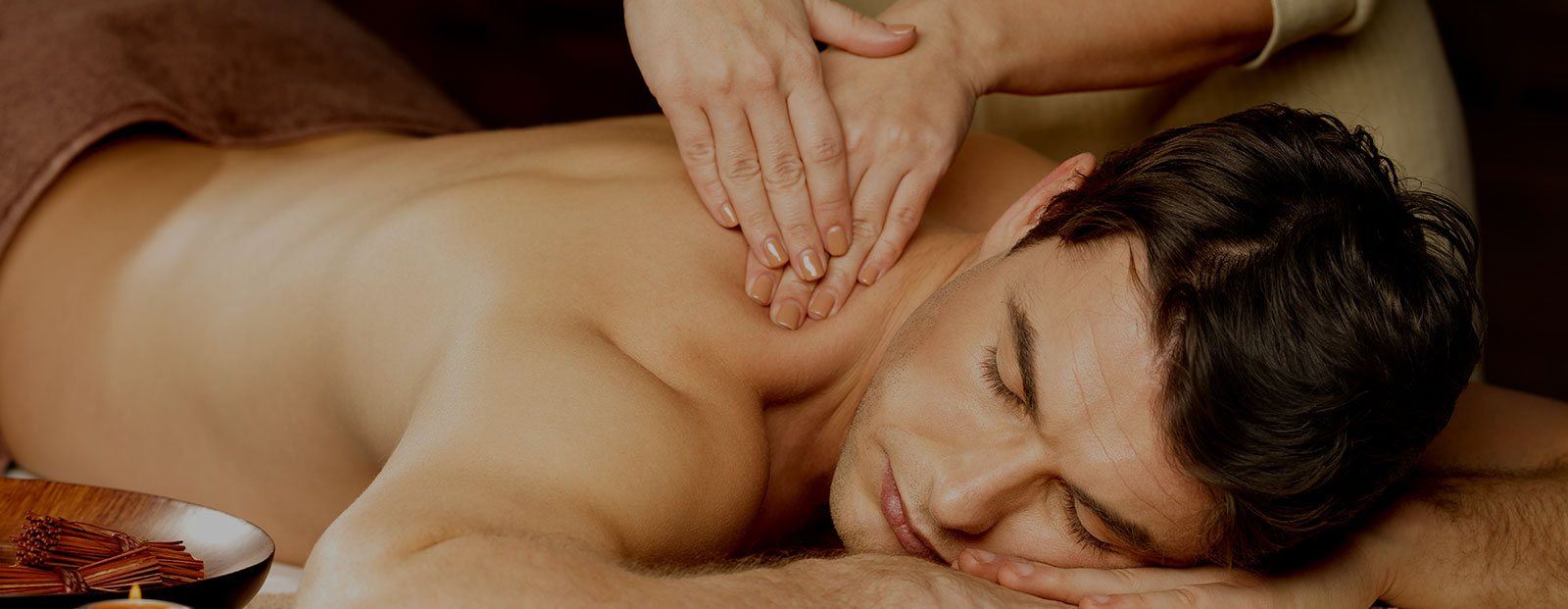What Happens During A Hot Stone Massage?
A hot stone massage is one of the greatest massage treatments. It is used to relax and soothe tense muscles and address wounded soft tissues all over the body.
During a hot stone massage, smooth, flat, heated stones are placed in certain areas of your body.
stones are often made from basalt, a volcanic rock that retains heat. According to the University of New Hampshire Health Services, hot stone massages are heated to between 130 and 145 degrees.
The stones can be set in the following ways:
Your spine, stomach, chest, face, palms, feet, and toes are all affected.
Hot stones may be used by rub therapists to massage your body while doing Swedish massage methods such as:
Strokes with long circular strokes, vibration, and kneading.
During a hot stone massage, cold stones are occasionally utilized with hot rocks. After using hot stones, cold stones can be utilized to calm the skin and relax any engorged blood vessels.
Muscular Tension And Discomfort Are Reduced.
Heat has been used to treat muscle tension and discomfort for ages. It increases blood flow to the affected area. Minimizing muscle spasms may help increase flexibility and range of motion. The use of ice lowers inflammation. Depending on your health, alternating between hot and cold stones during your massage may be therapeutic.
It May Help Relieve Autoimmune Disease Symptoms
Hot stone massage may help with fibromyalgia and other painful disorders. Fibromyalgia is a type of persistent pain that affects the entire body. According to a 2002 study, those with fibromyalgia who had a 30-minute massage slept longer, had fewer trigger points, and had lower levels of substance P (a molecule involved in sending pain signals) than those who received relaxation therapy. However, additional research is needed before a massage may be considered a standard fibromyalgia treatment.
Anxiety And Stress Are Reduced.
According to the American Massage Treatment Association, “massage therapy can be effective for stress relief.” Their argument is backed up by studies. According to 2001 research, a ten-minute massage improved cardiovascular responses such as stroke volume. According to 1997 research, 15-minute onsite chair massages in the office reduced stress much more than a 15-minute break without massage.
Immunity Can Be Improved.
A massage may be beneficial to your immune system. According to a 2010 research, a single session of Swedish massage treatment had a positive and immediate effect on immunity. Blood samples taken before and after the massage revealed lower levels of arginine-vasopressin.
Encourages Sleep
According to a 2006 study, getting a massage may be a better option than sleeping pills for people who have insomnia. According to a 2001 study, newborns who were given a 15-minute massage by their parents fell asleep faster. When they awakened, they were also more alert, active, and hopeful. Massage is claimed to help you sleep better, although the actual cause is uncertain.
Cancer Symptoms May Be Alleviated.
In a three-year study published in the Journal of Pain and Symptom Management, 1,290 cancer patients were evaluated for pain, tiredness, stress and anxiety, nausea, and depression. In the study, massage, particularly Swedish massage, improved cancer symptoms.
Massages are frequently considered complementary medicine. They are swiftly gaining popularity as an alternative remedy for some diseases.


